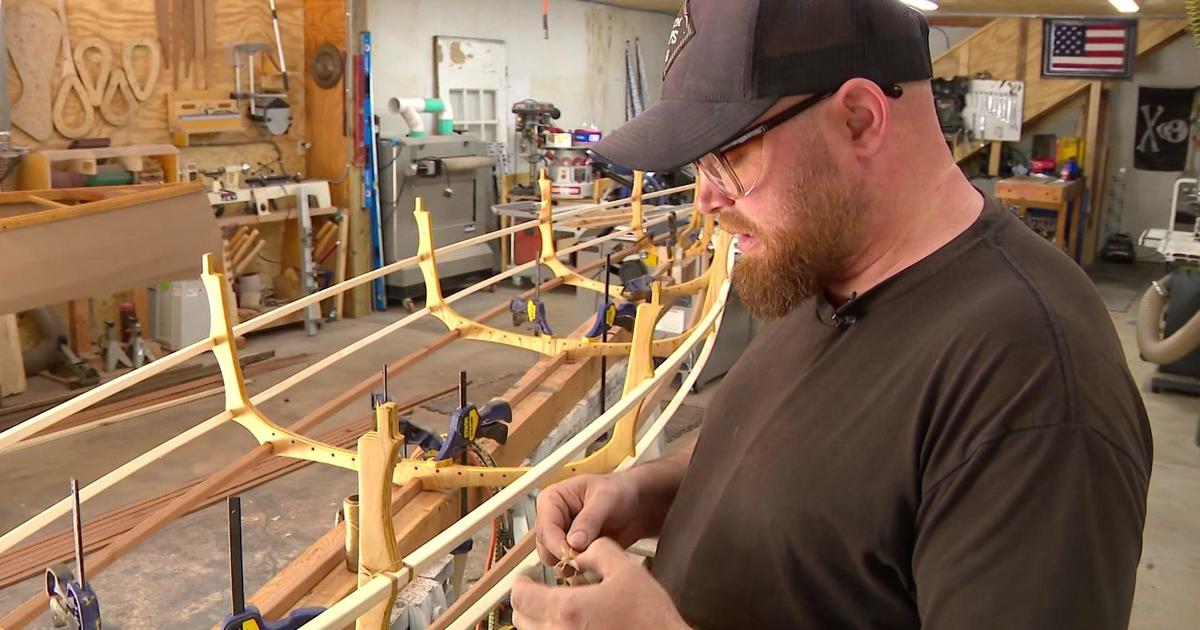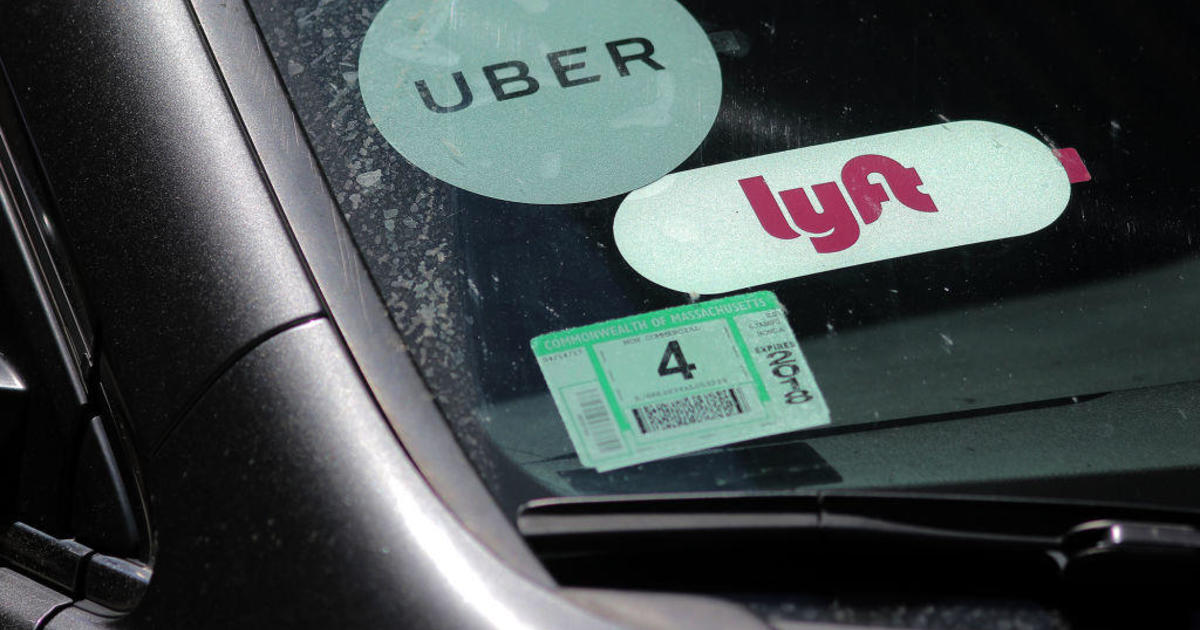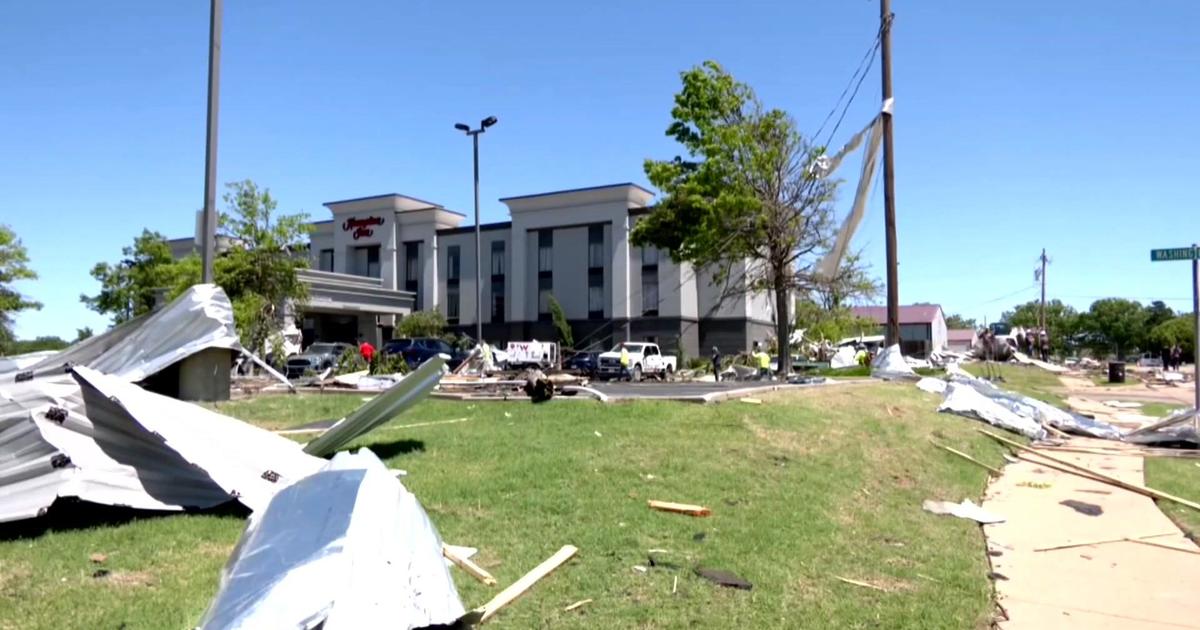Influx in broadband funds to Minnesota will open the door to more telehealth options
MINNEAPOLIS -- Dr. Cindy Firkins Smith doesn't mince words: "Rural health care is on the precipice of a crisis," she said.
Smith, a vice president and physician at CentraCare, has been practicing dermatology in Willmar for three decades. In all of that time, she's always recruited other doctors to join her ranks in Greater Minnesota.
"It's been challenging every one of those 33 years and I honestly thought it would get better, but if anything it's gotten worse," she explained.
State data show doctors in rural areas are older than those in urban ones, and one in three rural physicians plan to leave the workforce within the next five years, which could have "potentially devastating effects," Smith told WCCO.
But one solution that can help bridge some of the gap: telehealth. The problem? Not everyone has access to high-speed internet.
Almost 20% of rural Minnesotans lack internet reliable enough to use for a video visit, according to a recent health report.
But there is some hope on that front: A record amount of money is coming from the federal government to Minnesota to connect communities to broadband, a boost that will have significant impact on businesses, schools, and health care in rural communities.
The state Legislature has also committed money from its General Fund for broadband built out. The White House recently announced Minnesota's share of the funding from the infrastructure law approved by Congress will top $650 million.
"Telehealth can't replace people when it comes to delivering health care; we need people on the ground," Smith said. "But it is absolutely one of those arrows in our quiver, one of the pieces of the puzzle that we need to deliver that care."
Telehealth has made a significant impact when it comes to mental and behavioral health providers, Minnesota Department of Health officials said. In the first half of 2021, telehealth accounted for 60% of all mental and behavioral health services.
State health leaders also say audio-only telehealth addresses some access issues, especially in rural areas lacking the bandwidth to support video-based appointments.
The 21st century patient-to-provider contact has shown "strong potential" for improving health care access, said Dr. Brooke Cunningham, Minnesota's health commissioner, in a statement.
But she cautioned that it's not a "one-size-fits-all" solution and that increased broadband investment is necessary.
"An increased reliance on video telehealth without adequate investments to address the existing digital divide and remedies for other structural inequities impacting health care delivery and outcomes could unintentionally increase health disparities," she said.
Lawmakers in a large health bill this year extended coverage of audio-only telehealth services for the next two years; it was previously supposed to sunset this year.




